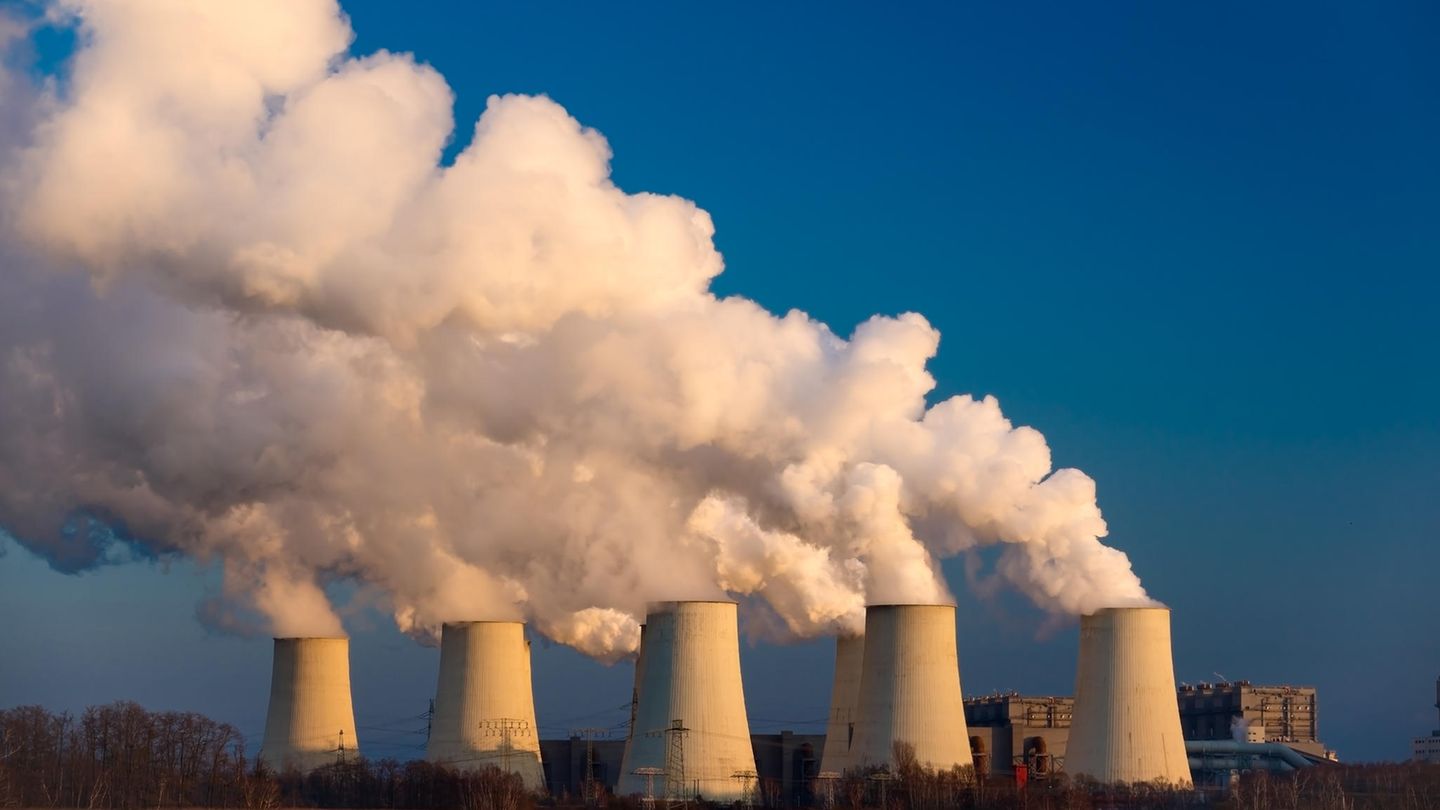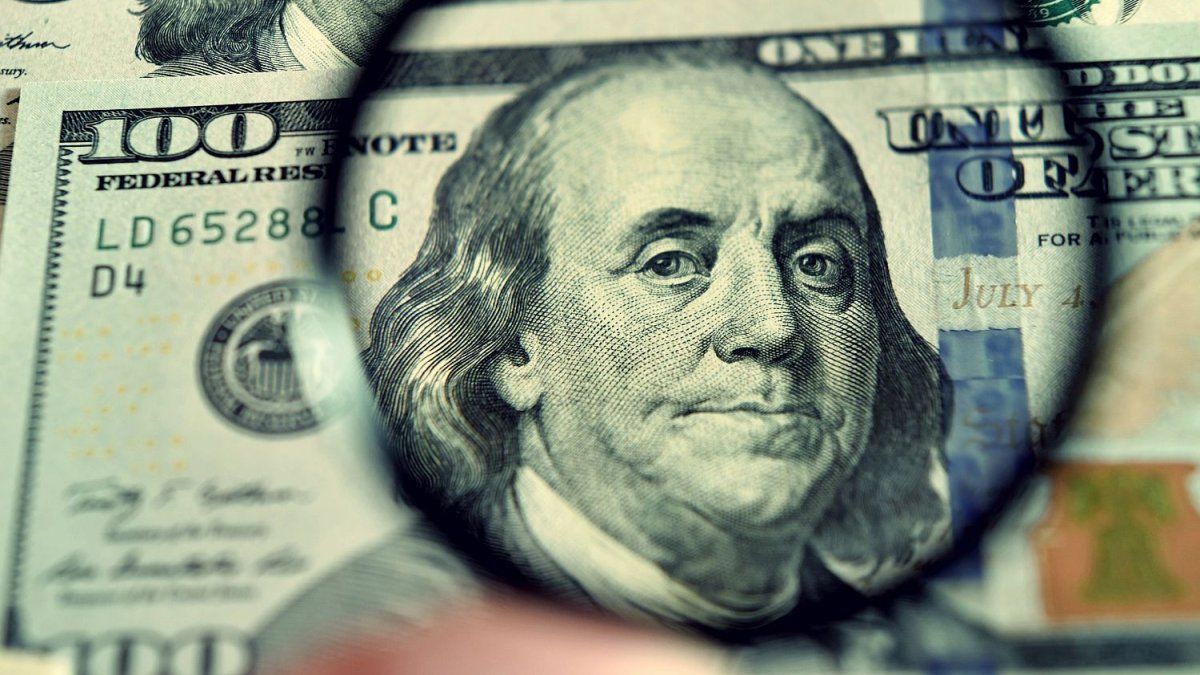In 2023, the world experienced a record high in CO2 emissions. There are increasing signs that the peak in CO2 emissions has already been reached. What does China have to do with it?

This is original content from the Capital brand. This article will be available for ten days on stern.de. After that, you will find it exclusively on capital.de. Capital, like the star to RTL Germany.
2023 was not a good year in terms of climate change. It was the worst year worldwide, with average temperatures around 1.5 degrees above pre-industrial levels. Global CO2 emissions reached a new record of 37.4 billion tons.
That is the current situation. Behind this, however, lies another development that is currently being hotly debated among many climate experts. Depending on what happens this year and next, 2023 could be one of the last years in which global CO2 emissions have increased. If not the last. There is increasing talk of the “peak”, i.e. that carbon dioxide emissions could soon have passed the peak. “There is a 70 percent probability that emissions will begin to decline in 2024,” says a report by the climate research organization Climate Analytics. Others are even more cautious, but almost everyone agrees that the point will come soon. Basically, the only question now is how soon.
There are several key reasons for this. In the large traditional industrial regions of Europe, North America and Japan, CO2 emissions have been falling for years, albeit with varying degrees of intensity. Economic growth and emissions have become decoupled in these parts of the world. Not only political guidelines play a role here, there are also efficiency gains in machinery and equipment. “The developed economies experienced a record decline in CO2 emissions in 2023 – even though their gross domestic product increased,” says a .
Expansion of renewable energies reduces CO2 emissions
The second reason is the expansion of renewable energies worldwide. As the report states, solar, wind and hydropower already accounted for 30 percent of global electricity production last year. A record – and with a strong upward trend. It is a development that can also be seen in Germany: renewables supplied almost 60 percent of German electricity.
This means that, at least in terms of emissions from electricity production, the peak has apparently already been reached. “2023 was probably the turning point, the peak in emissions in the electricity sector,” write the authors of Ember. The expansion of non-fossil electricity production is proceeding at a breathtaking pace. In 2023 alone, renewable energy capacities increased by 40 percent, as calculated. The most important driver: the solar industry, which benefited from an unprecedented drop in the price of solar modules from China.
China achieves its goals
And that brings the third point into play: China. There is no country that currently emits so much CO2, but there is also no country that is expanding its renewable energies at such a pace. In 2023, the country installed more solar systems than any other country had ever installed. The share of renewables in electricity production has increased by ten percentage points over the past ten years.
It is this factor that could soon make the difference. China had originally set itself the goal of reaching the peak of CO2 emissions in 2030. Now this point could be reached a few years earlier. The first months of 2024 already indicate this. While electricity production from solar and hydropower increased by double digits, that from fossil sources fell by almost five percent – a turning point.
While emissions are falling in the established industrial nations and China could soon follow suit, India – now the most populous country in the world – remains an uncertainty factor. Although energy production from renewable sources is increasing here too, the share of coal-fired power generation is also increasing, making it the most CO2-intensive form of electricity generation. How quickly global emissions fall could also depend on how quickly India expands its solar and wind plants.
Source: Stern




